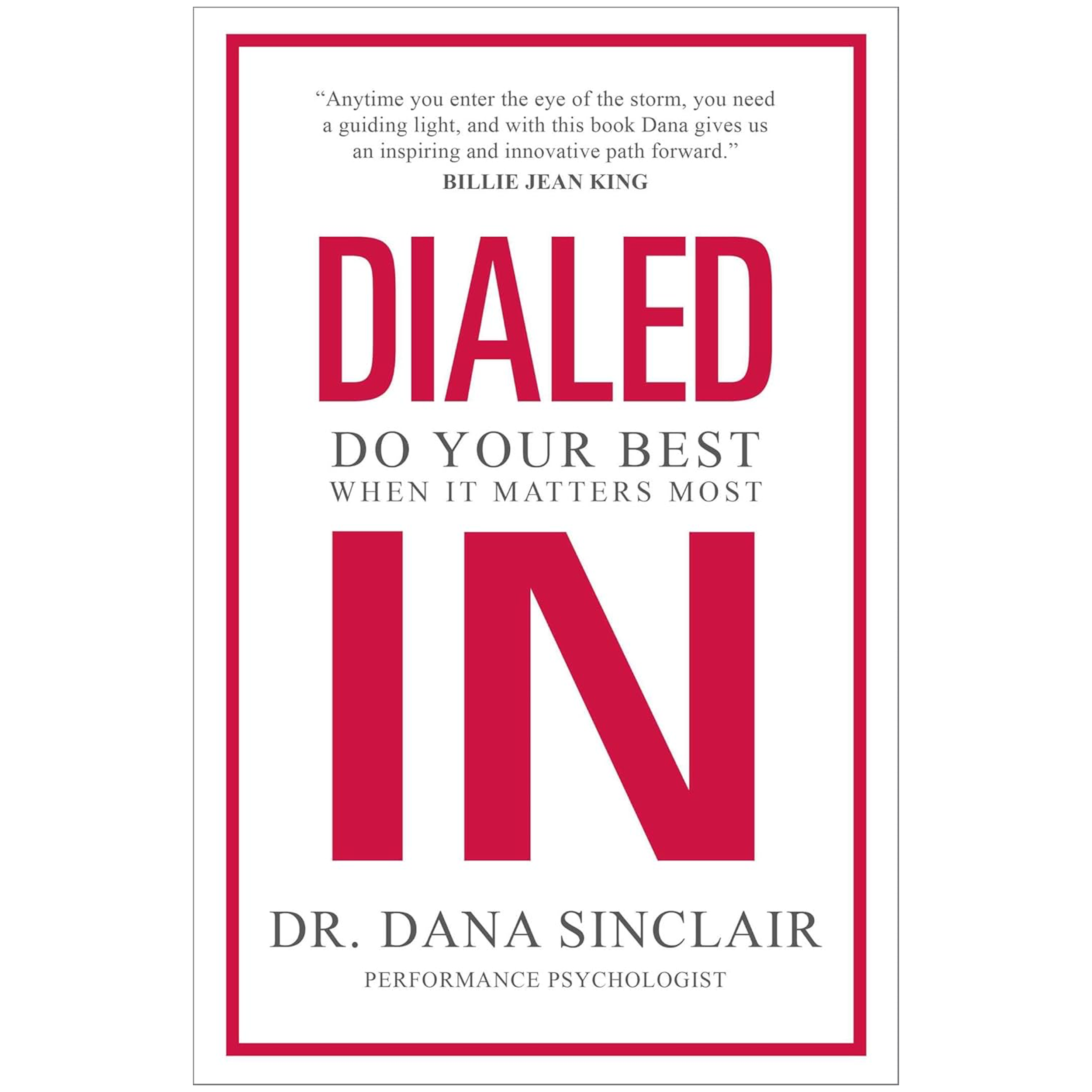Reading Time: 1 min 56 sec
I hope the next 23’ish breaths are the most nourishing of your day.
4 THOUGHTS
1. Improving Thought Patterns and Stress Resilience
“While various techniques may yield different short-term psychophysiological effects, their distinctive long-term significance diminishes over time. It is systematic, consistent practice that enables individuals to recognize and interrupt habitual, maladaptive thought patterns and increase overall stress resilience.”
- Siebieszuk et al. (2025), Medical Sciences
I’m still working my way through this brand new paper, but wanted to share this wonderful quote. It’s a great reminder that, regardless of the exact method you use, it is the consistent practice that is most important for improving stress resilience and overall health 👏
2. An Intense Beam, Pointed at the Right Things
“Concentration is a gathering together of all the positive forces of the mind and tightly focusing them into an intense beam. Mastering concentration means learning to aim that beam and keep it directed where we want it. This kind of concentration is strong and energetic, yet gentle, and it does not wander away…We then learn to point the beam at the right things, the really fruitful things within the mind.”
- Bhante Gunaratana, Beyond Mindfulness in Plain English
This is the power of meditation, breathing, and their allied practices. We learn to direct the positive forces of the mind toward the right things, allowing us to better shape our lives to match our vision of who we want to be 🙏
3. Talent Does Not Ensure Success
“Talent does not ensure success. Nor does talent derail your performance, but a distracted mind does.”
- Dr. Dana Sinclair, Dialed In
That’s a perfect complement to the previous thought, and it highlights a critical insight: It’s often our mental state, not our talent, that determines our performance. This is one reason why Dr. Sinclair also says, “Know that the most important skill for performing with excellence is to breathe and find calm, even just a little.”
4. How to Get Started with Breathwork
“When you are designing a new habit, you are really designing for consistency. And for that result, you’ll find that simplicity is the key. Or as I like to teach my students: Simplicity changes behavior.”
- BJ Fogg, Tiny Habits
I put together a new eBook to help you start and maintain a breath practice—which may be the most important habit of all. It’s simple, science-based, and easy to follow. You can pick it up today for just $17.
1 Quote
“Perhaps living well is not about having all the answers. Living well may be more about pursuing unanswerable questions in good company.””
1 GOOD BOOK
Dialed In by Dr. Dana Sinclair
My good friend and mentor Paul Hunt (whose MBSR course I occasionally share) recommended this one to me. It’s fantastic: Super practical and filled with many gems on the power of breathing.
In good breath,
Nick Heath, T1D, PhD
“Breathing is the compound interest of health & wellness.”
Enjoy these posts? Donate to say thanks!
P.S. yeah, I’m living the DREAM
Get My New eBooks
The Breathing App for Diabetes
This is the first program specifically made for people with diabetes to help manage their stress through breathing and mindfulness practices. In addition to the amazing program inside the app, we have some really neat things coming up, so sign up now!
Amazon Associate Disclosure
I’ve been recommending books for almost 6 years. Yet somehow, I just discovered that I could be an Amazon affiliate [face-palm]. In any case better late than never. Now, any Amazon link you click is an affiliate link. As an Amazon Associate, I earn from qualifying purchases. So, if you’d like to support my work, buying books through these links is helpful : )
* An asterisk by a quote indicates that I listened to this book on Audible. Therefore, the quotation might not be correct, but is my best attempt at reproducing the punctuation based on the narrator’s pace, tone, and pauses.




